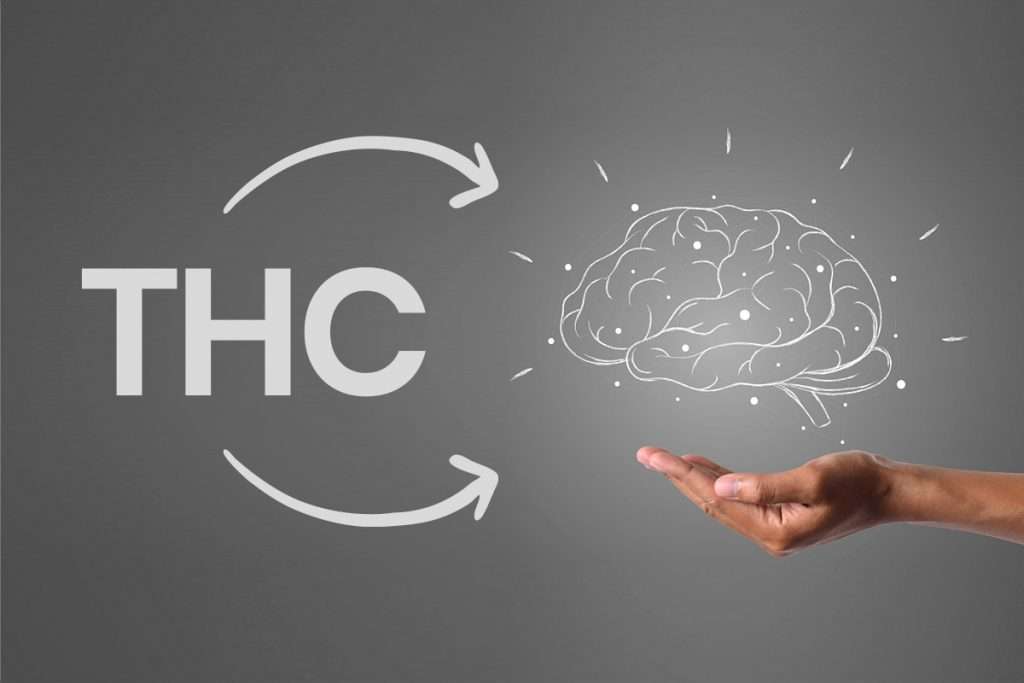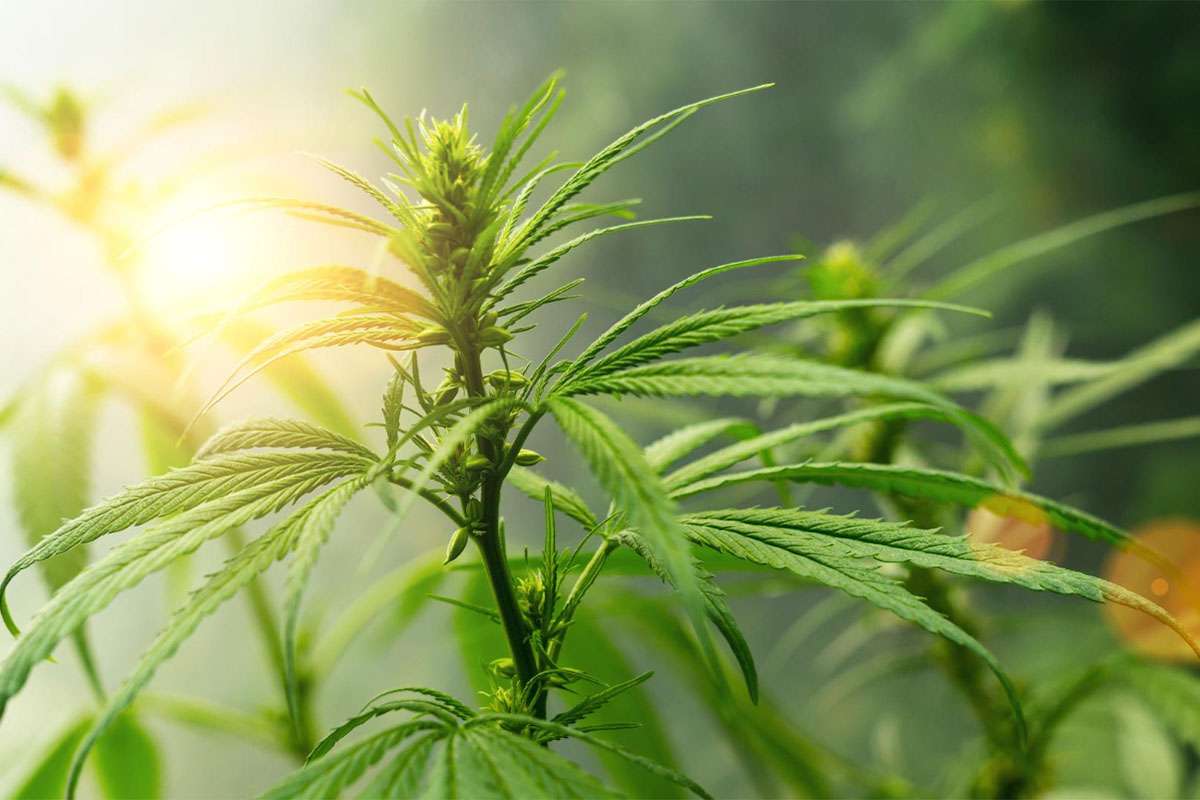Tetrahydrocannabis (THC) is one of the many active ingredients extracted from cannabis plants. Unlike cannabidiol (CBD), it is a narcotic substance that can cause even serious repercussions if taken in excessive quantities. The potential risks associated with excessive use have led to the establishment of laws prohibiting the trade and consumption of THC in most countries: selling and buying tetrahydrocannabis in Italy is therefore currently illegal. Despite the numerous bans, however, the use of THC is tolerated in the case of particular clinical conditions. Let’s find out, therefore, what the main side effects of tetrahydrocannabis are, how it acts directly on the human body and what the fields of application of medical cannabis are.
What is Tetrahydrocannabis?
Commonly known as THC, tetrahydrocannabis is one of more than 113 cannabinoids found within Cannabis Sativa plants. Known for its psychotic properties, it is classified as a narcotic and therefore subject to strict legal restrictions. Intake of excessive amounts of tetrahydrocannabis can cause psychological and physical repercussions that can severely damage certain body functions, even permanently.
The altered state of consciousness typically associated with the introduction of THC can endanger not only the individual in question but also the people around him or her: driving or performing actions that require a high level of alertness after smoking marijuana is strongly discouraged.
Smoking or periodically introducing THC via edibles can, in the long run, trigger an addictive process. This is why the marketing and recreational use of this substance is banned in most countries of the world.
Despite the associated risks, however, it appears to have some potentially curative characteristics. Scientific studies, in fact, have demonstrated the possibility of using THC in certain particularly critical clinical conditions: therapeutic marijuana is indeed able to act where some medicines seem to be ineffective.

Where is it located?
The easiest way to achieve immediate effects is to smoke marijuana. The latter, however, can also be taken via edibles or body oils. In order to fully understand how this substance works, it is worth taking a step back to examine what the natural source of tetrahydrocannabis is. We have already stated how THC is derived from Cannabis Sativa plants. This information, however, is incomplete. The active ingredient that causes the ‘high’ sensation is in fact extracted from the unfertilised female flowers of a variety of Cannabis Sativa, called marijuana.
Inside the female inflorescences, however, there is a good percentage of THCA, or tetrahydrocannabis in its inactive form. In order to activate the active ingredient and enjoy all the physical and mental effects, it must be heated at high temperatures. During the decarboxylation process, the extracted THC is subjected to temperatures in excess of 100 degrees centigrade and, consequently, activated. Cannabis, therefore, only becomes psychoactive after being exposed to heat.
THCA and THC consequently cause very different effects. Blending and drinking the flowers of the ‘raw’ plant does not alter the state of consciousness and does not cause psychotropic effects. On the contrary, smoking marijuana, and thus heating THC, allows one to enjoy those consequences.
Effects of tetrahydrocannabis
But how does tetrahydrocannabis affect the human body?
Like its counterpart – CBD – THC also interacts with a biological system that regulates most vital functions. This is known as the endocannabinoid system and works at the nervous level to maintain homeostasis within the body. CB1 and CB2 cannabinoid receptors, endocannabinoids and enzymes are the three components of the system that work together synergistically to perform this function optimally.
Endocannabinoids, in particular, are cannabinoids that are naturally produced by the body and have a very similar structure to the cannabinoids found within cannabis (CBD and THC). Because of this similarity, THC is able to bind to their receptors – CB1 and CB2 – and trigger different reactions.
But what specifically are these physical and mental effects?
Taking THC first causes a sense of calm and inner peace, followed by a feeling of strong euphoria. The latter can be converted into a good mood but also into unmotivated grief and despondency. The reaction often depends on the state the person is in before taking marijuana. Excitement, however, is not the only proven consequence. Exaggerating with quantities, in fact, is very dangerous and can cause far more substantial effects.
THC can impair short-term memory as well as diminish the ability to concentrate. The ‘high’ feeling typically associated with tetrahydrocannabis impairs several bodily and mental functions, including movement and coordination. Taking marijuana before a sporting activity negatively affects performance and, moreover, is illegal. Another impaired function is, without a doubt, the capacity for judgement. The effects are generally very similar to those associated with the introduction of alcohol into the body.

The effect of THC on the brain
Interacting with the endocannabinoid system, tetrahydrocannabis acts mainly on the central and peripheral nervous system. The effects on the body and especially on the brain depend on the frequency of use and, above all, on the amount of active ingredient used. Smoking or eating products containing high percentages of the active substance can cause serious repercussions.
Situational control when taking THC is an essential, if not the most important element: awareness of the risks and the intelligence not to go over the limit are crucial in order not to fall into unpleasant situations. Habitual use of marijuana stimulates dopamine production and can, in the long run, lead to addiction.
The constant need to experience that state of exaltation and excitement is often accompanied by other serious implications that mainly affect the hippocampus area. The last-mentioned is a part of the brain located within the temporal lobe, involved in cognitive processes such as memory – long and short-term – learning and orientation.
Scientific studies show how smoking an exaggerated amount of marijuana causes damage that affects each of these processes. Cannabis consumption reduces the ability to stop a motor action in progress, can cause learning disorders, psychosis, attention lapses, anxiety crises, and even hallucinations and violent reactions.
Drug treatments with THC
Opinions on the use of marijuana for medicinal purposes are mixed. The numerous side effects associated with cannabidiol, in fact, influence doctors and scientists who side with or against the use of medical cannabis.
However, clinical evidence has shown that THC can be used to alleviate certain symptoms related to very serious illnesses. It may be the case that in certain clinical situations traditional drugs do not do their job entirely. In such cases, medical marijuana can be used to try to help the patient as much as possible. The use of THC as an alternative to certain medicines is only permitted by law with a doctor’s prescription and under certain special conditions.
The most common situations include cases of multiple sclerosis – a neurodegenerative disease affecting the central nervous system -, patients undergoing chemotherapy, and AIDS and anorexia patients. All these are very debilitating conditions. The use of tetrahydrocannabis for therapeutic purposes is approved as it can stimulate appetite, calm pain and instil a feeling of calm and serenity.
Another area of application concerns patients suffering from Tourette syndrome, a neuropsychic disorder that causes the person to make involuntary sounds and movements. The repercussions at the physical level are often accompanied by severe consequences at the level of social interaction and reduced self-esteem in general. Marijuana products act directly on the cause of the disorder and are able to reduce the symptoms of the disease, improving patients’ quality of life.
THC vs legal cannabis
Tetrahydrocannabis is not the only active ingredient contained within Cannabis Sativa. A natural substance with excellent properties, cannabidiol is in turn extracted from the same plant, more precisely from a variety better known as hemp. Marijuana and hemp are both varieties of Cannabis Sativa but undergo slightly different cultivation techniques. While marijuana crops aim to accentuate the psychoactive effects of THC, hemp crops ultimately aim to use the plant for medicinal purposes.
Unlike tetrahydrocannabis, CBD or cannabidiol is commonly known as ‘legal cannabis‘. This is not subject to any kind of restriction and was removed from the list of narcotic substances in 2018. Its many beneficial properties – anti-inflammatory, pain-relieving, moisturising, soothing – have made it a popular ingredient in many body and skin products. Used by sportsmen and professional athletes, it has proved to be an excellent natural analgesic able to speed up the process of regaining strength following long training sessions, as well as a remedy against performance anxiety and sleep disorders.
While the use of THC is addictive and addictive, the consumption of CBD is safe and legally tolerated. In fact, more and more people are choosing to integrate products containing cannabidiol into their daily routines or life as a couple. CBD creams, lotions and oils are excellent solutions to reduce stress and agitation without resorting to drugs with potential side effects.
Discover our CBD oil products to enjoy the incredible benefits of this natural and certified substance.
 Contact us
Contact us 









